
The oldest city in the United States, St. Augustine, is well renowned for its Spanish-era architecture and charming pedestrian streets. Peppered with numerous eye-catching gems, the city is regularly flooded with visitors, most of whom stay at the historic center. While it's easy to overlook St. Augustine's lesser visited parts, a single street, the Magnolia Avenue, is an unmissable place to explore, often dubbed as one of the most beautiful streets in the entire country.
Tucked away in the northeastern corner of the city, between Myrtle Avenue and Vilano Causeway, Magnolia Avenue is roughly 25 min by foot and 5 min by car from the city center, making it easily reachable while also less crowded than the heavily commercialized parts of St. Augustine.
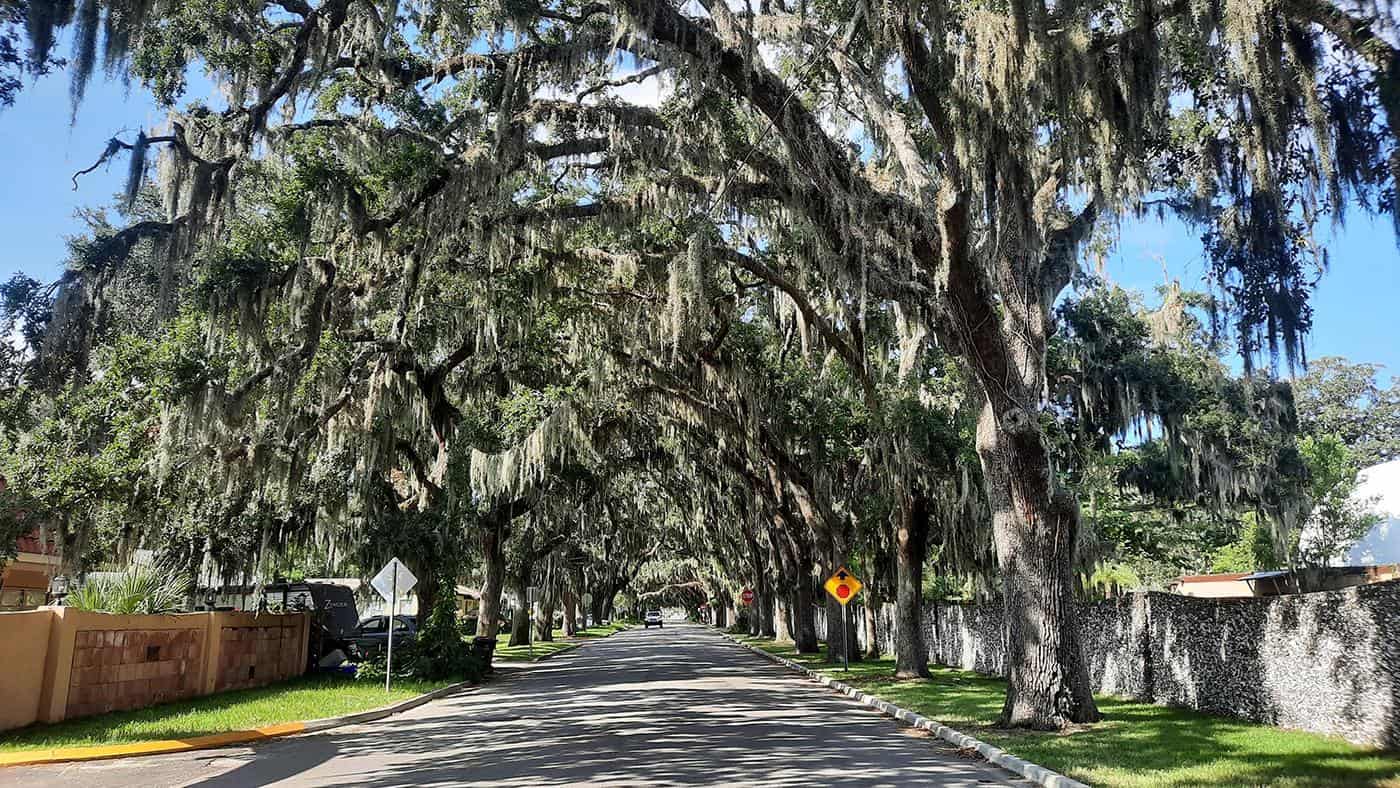
photography by: Omri Westmark
The avenue is lined with 100 years old oak trees, neatly arranged to form a spectacular tree-arch that over the years became synonymous with the street itself.

photography by: Omri Westmark
Since St. Augustine experiences extremely hot weather almost all year round, the tall trees serve as a refreshing respite from the excruciating sun as they cast a heavy shadow on the street, making it considerably colder than its surroundings.

photography by: Omri Westmark
Hanging over the formidable oak trees is the Spanish moss, a type of epiphytic climber which is widespread all over the southeastern US states. Drawn to the high content of nutrients found on the surface of the tree’s bark, the Spanish Moss is what gives the avenue’s trees their remarkable long-bearded appearance.
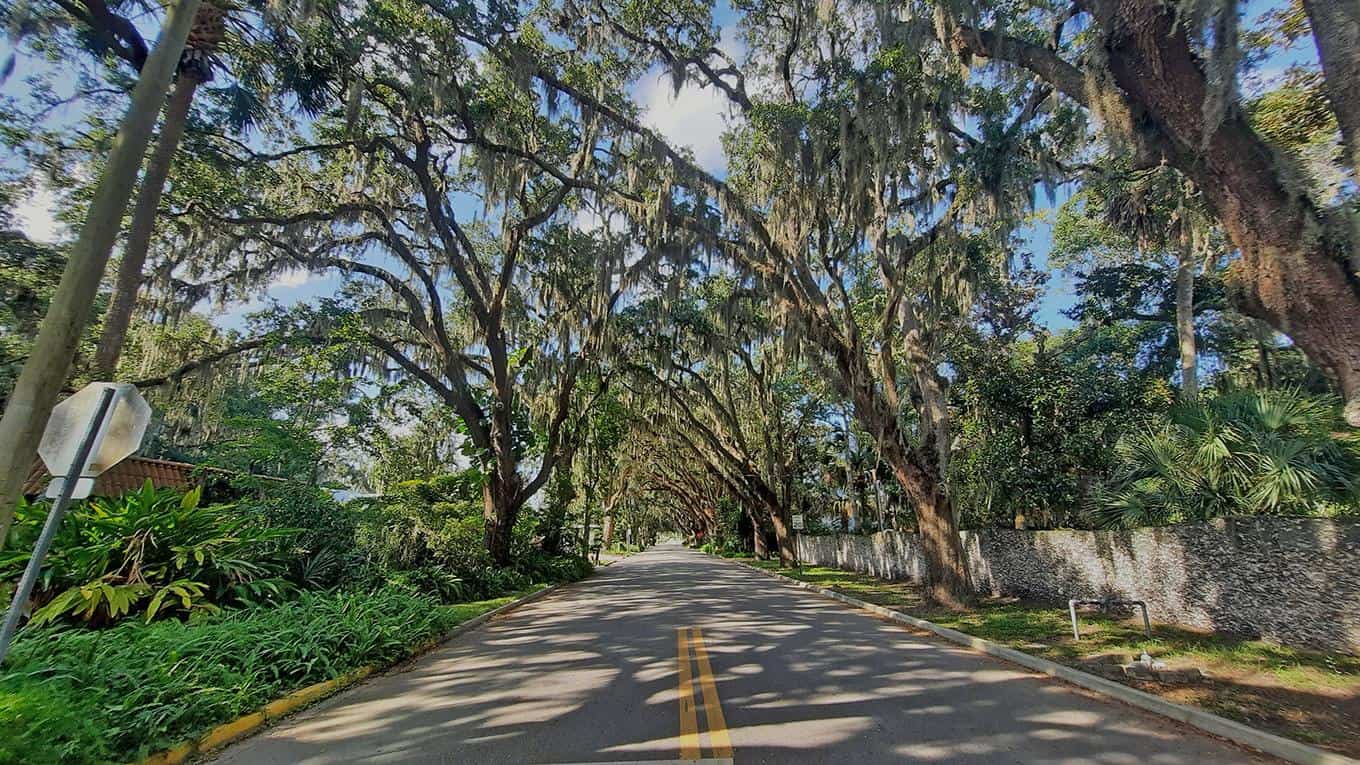
photography by: Omri Westmark
While the street has a somewhat residential character, lacking any massive pedestrian traffic, there is one café, named Cuban Coffee, that serves a plethora of coffee drinks on the backdrop of the street’s iconic oak trees.
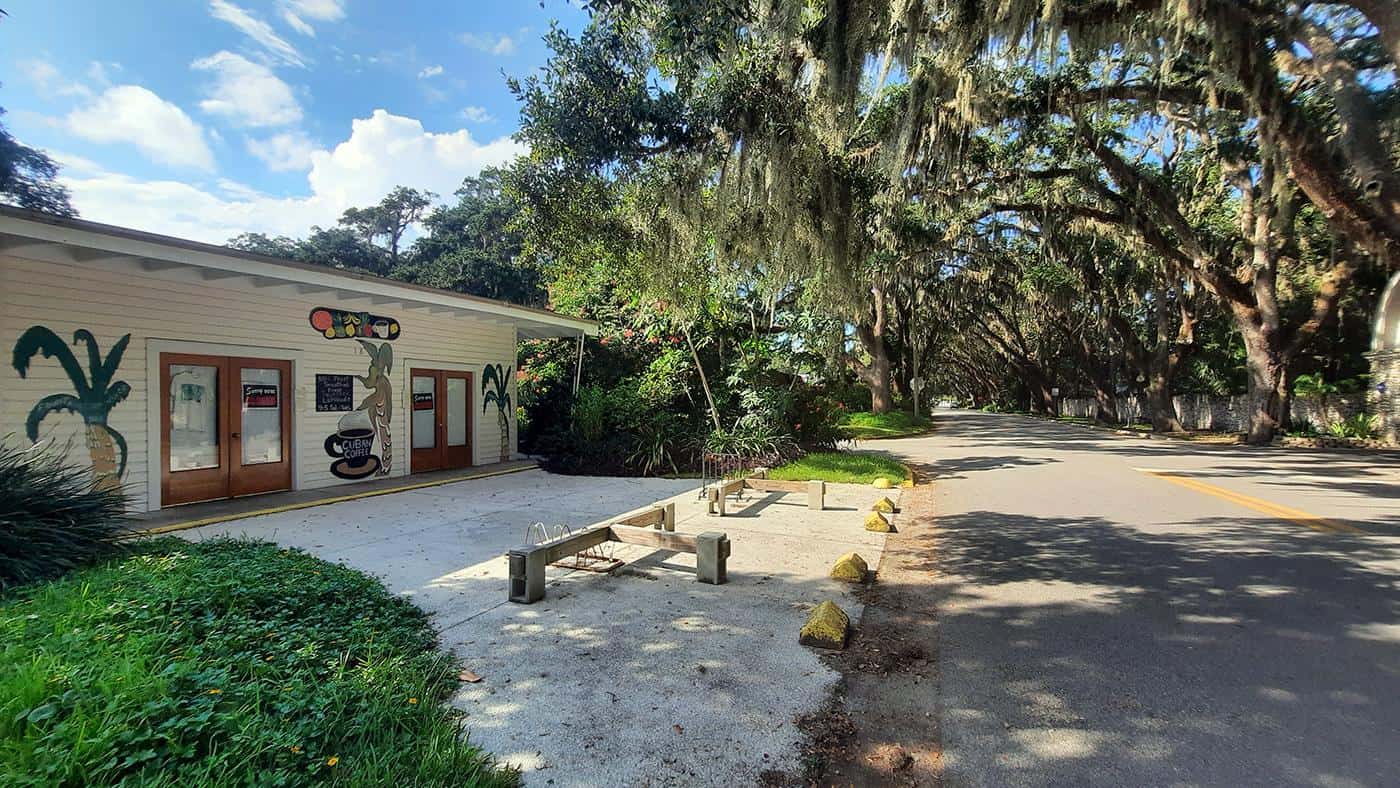
photography by: Omri Westmark
Stretching along the street’s eastern side, the Fountain of Youth is an archaeological theme park, featuring a medley of ancient relics of both the natives and the first Spanish colonizers, as well as reconstructed buildings, showcasing the once thriving settlement that stood at the park’s current location.
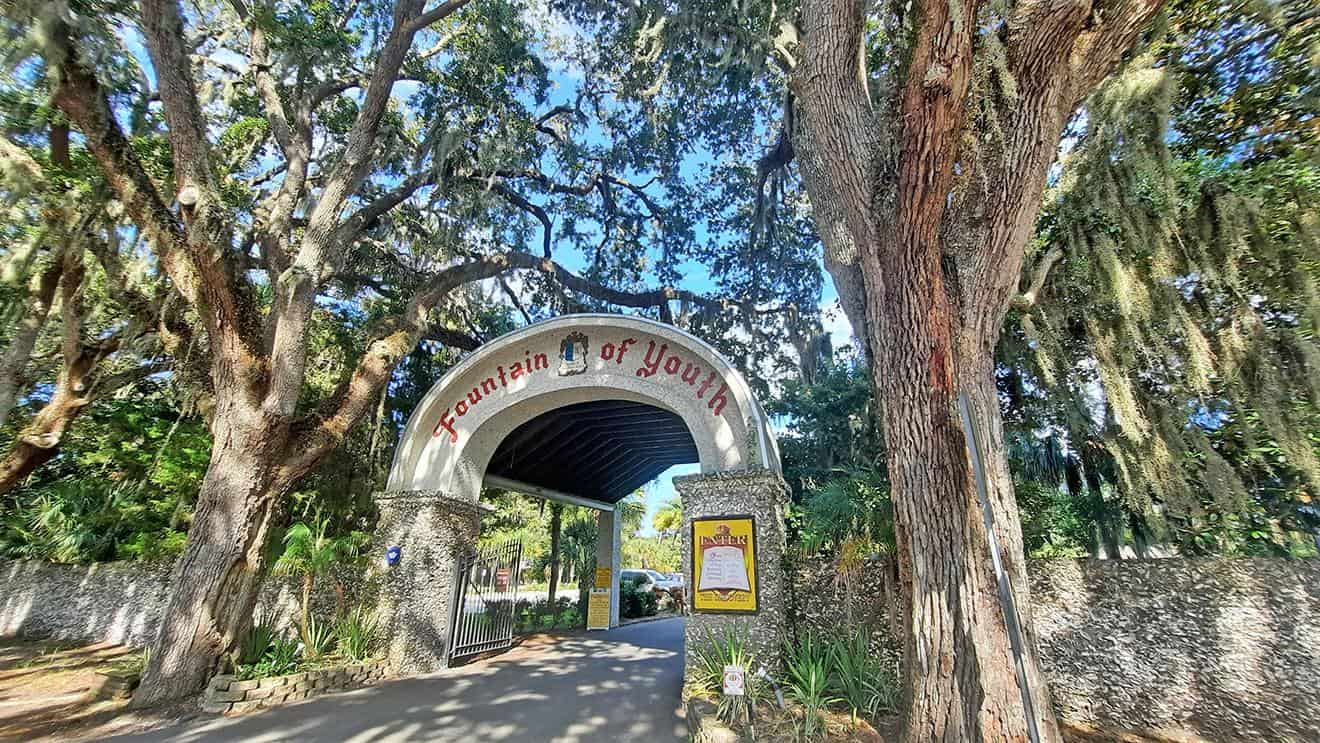
photography by: Omri Westmark
Curiously, the place is believed to be the landing spot of Juan Ponce de León, the Spanish explorer who discovered Florida in the beginning of the 16th century, naming it after the peninsula’s flowery landscape. It was after his death when his adventurous voyages were suddenly associated with the quest to find the mythical Fountain of Youth.
This centuries-old fable was a golden egg laying goose for Luella Day McConnell, a physician from Chicago, who in 1900 purchased the land, and marketed the on-site spring as the legendary Fountain of Youth, transforming it to a pilgrimage site for curious tourists.
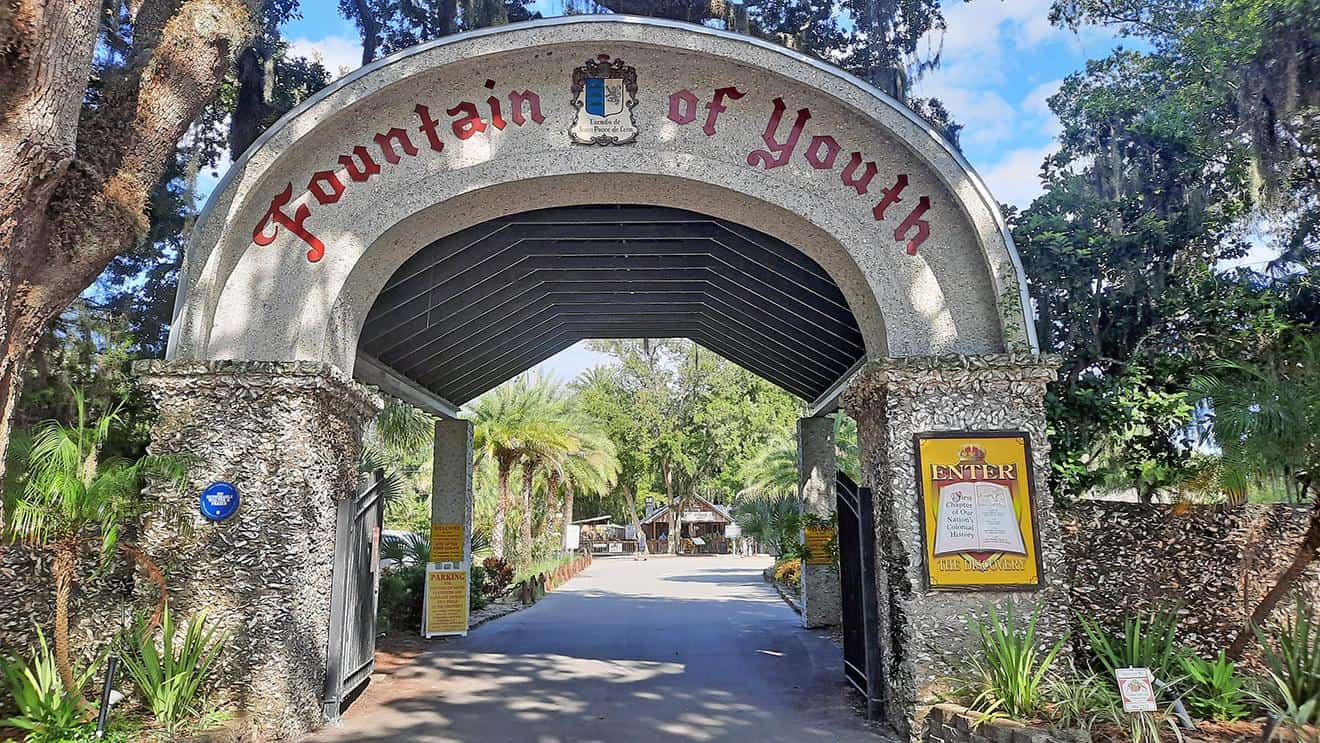
photography by: Omri Westmark
After McConnell’s tragic death in a car accident at 1927, the park was purchased by Walter B. Fraser, who sought to rebrand it as an educational complex. To fulfil his goal, a white domed planetarium was constructed during the 1950’s, providing insights and scientific data about space and celestial navigation.
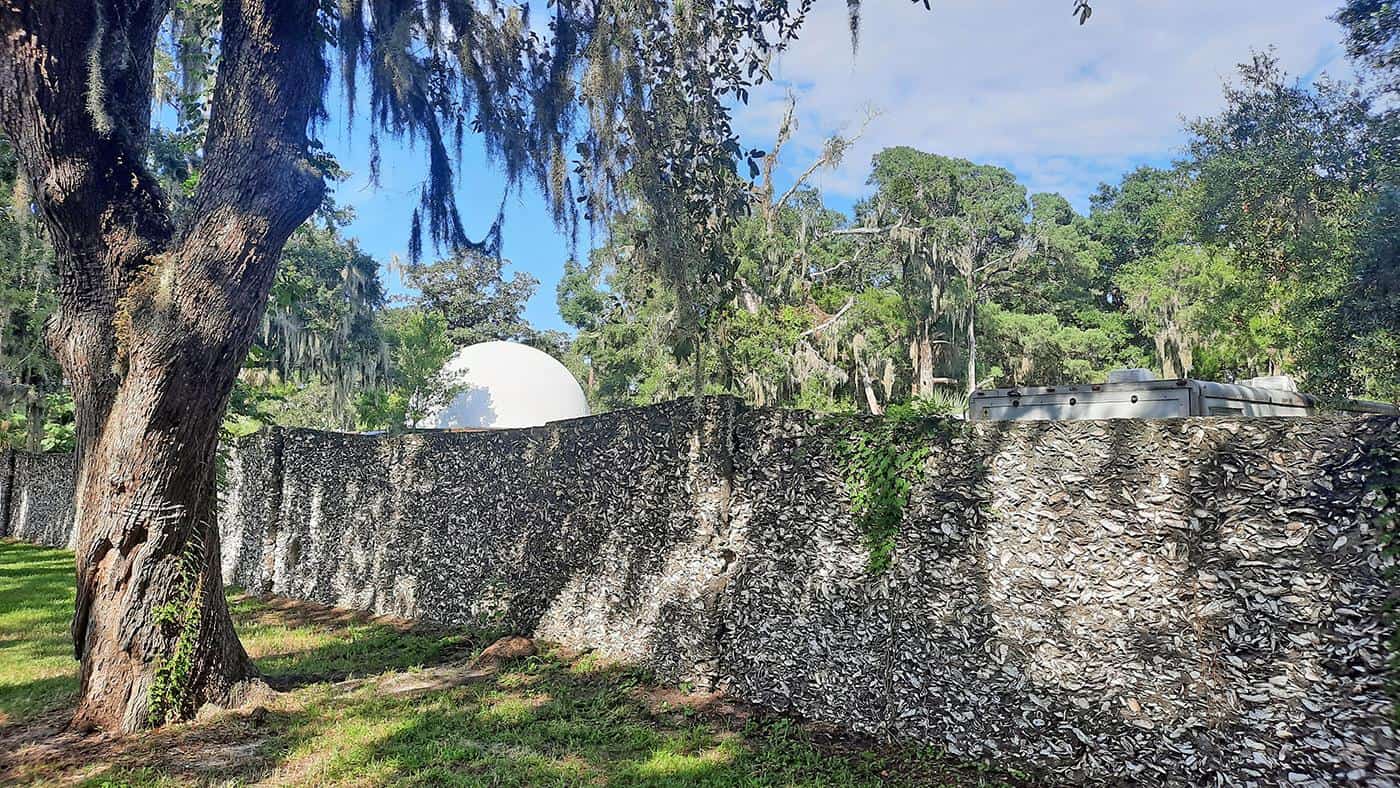
photography by: Omri Westmark
The Navigators Planetarium, as it’s officially named, is mostly dedicated to the 16th century’s navigation method of using celestial bodies as guiding tools when traversing the great expanses of the ocean, as this technique was widely common among Spanish sailors at that time. In fact, the planetarium’s exhibition culminates at a show which displays the local night-sky as they were in the 2nd of April 1513, when Ponce de León landed in the shores of Florida.
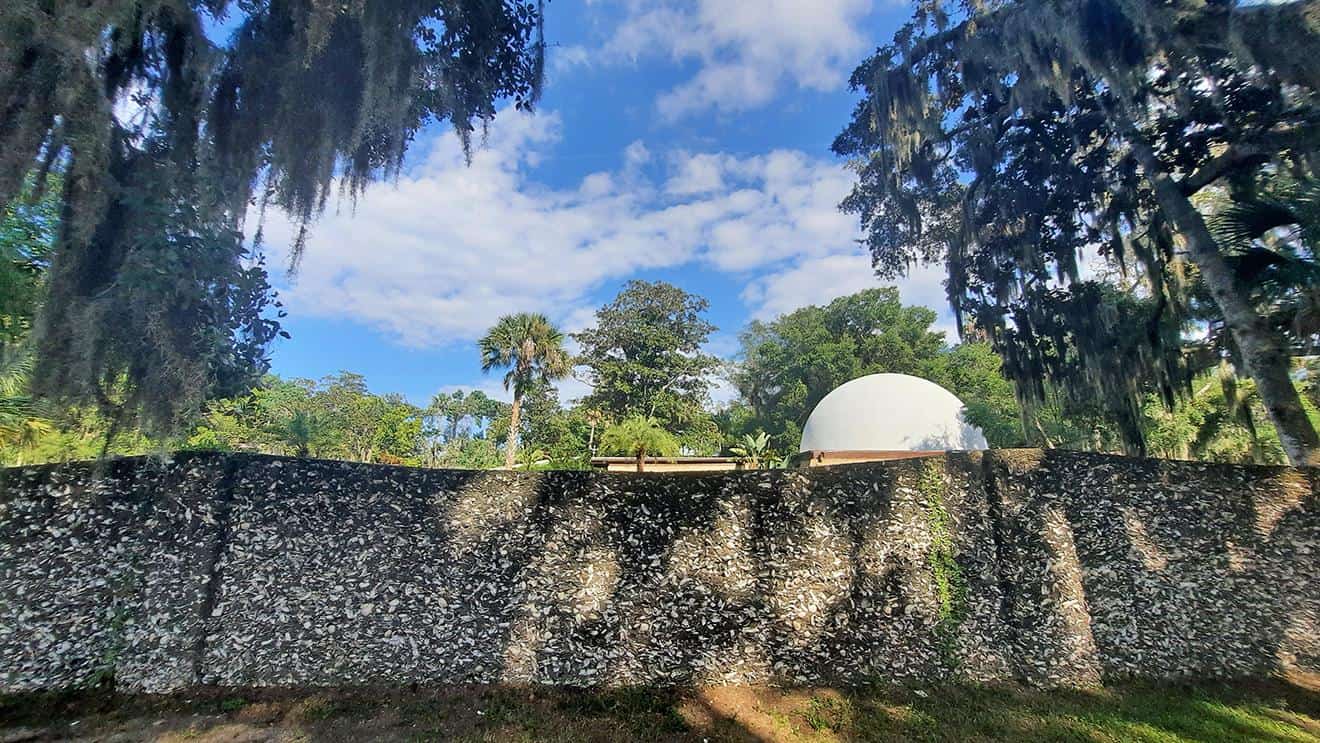
photography by: Omri Westmark
Despite their ample appearance, the southern live oaks of Magnolia Avenue have been facing multiple challenges during the last decades, including a series of hurricanes in 2004, conflicts with existing infrastructure and even aging.
However, due to their sheer importance, local authorities intensified their efforts to preserve the majestic trees, taking several steps to counter their decay, particularly replenishing the soil with nutrients and removing other plants which compete with trees for resources.

photography by: Omri Westmark
As you walk along the avenue, it’s difficult to miss the Fountain of Youth’s external wall which accompanies the street’s eastern side. If you get closer, you’ll notice that the bright patterns across the otherwise dark wall are in fact shells taken from the nearby coastline.
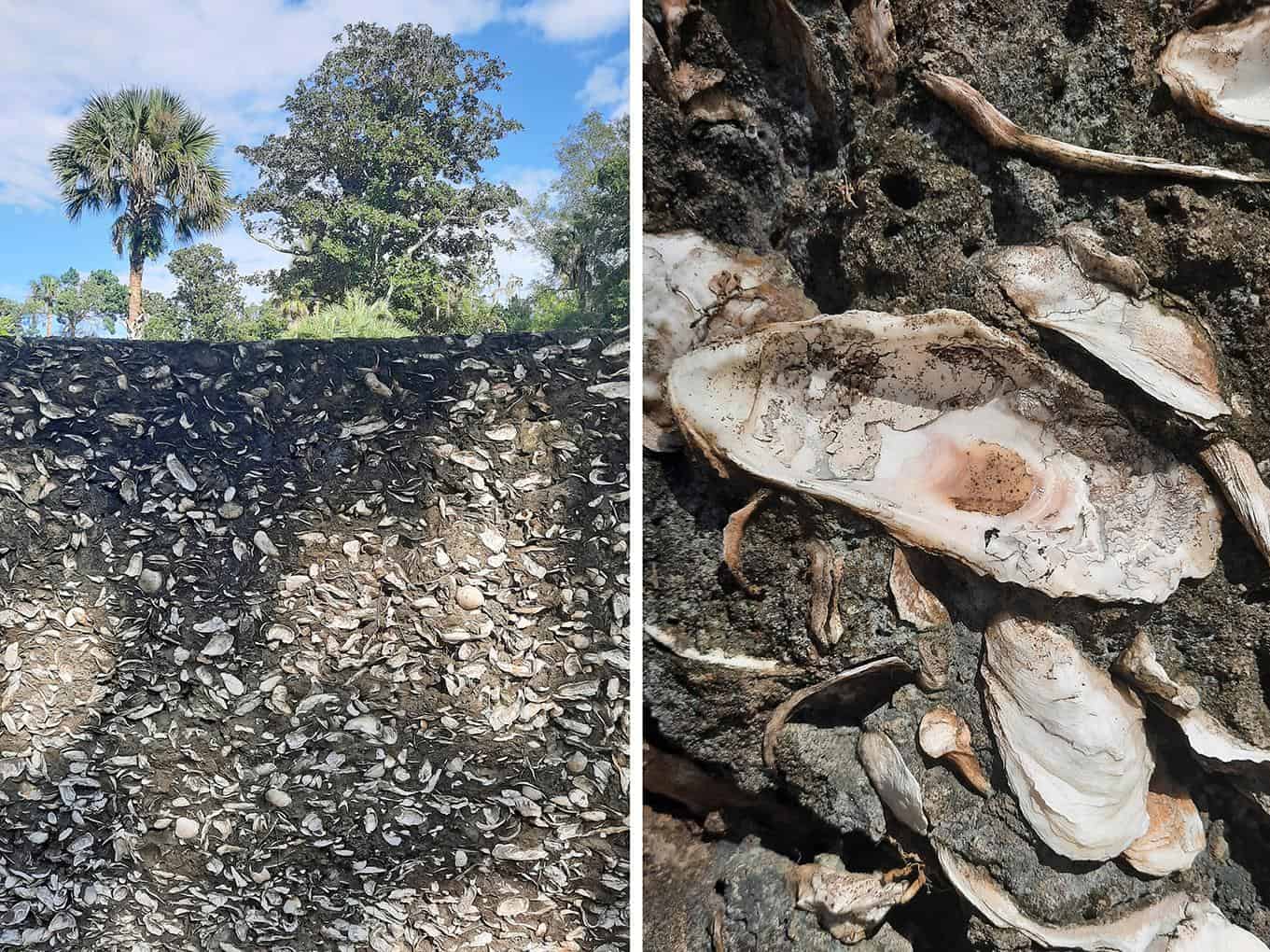
photography by: Omri Westmark
For some, the 60 oak trees along the avenue bear an uncanny resemblance to the many plantations scattered around the US southern states, many of which feature a main road, similarly lined with dozens of southern live oaks.
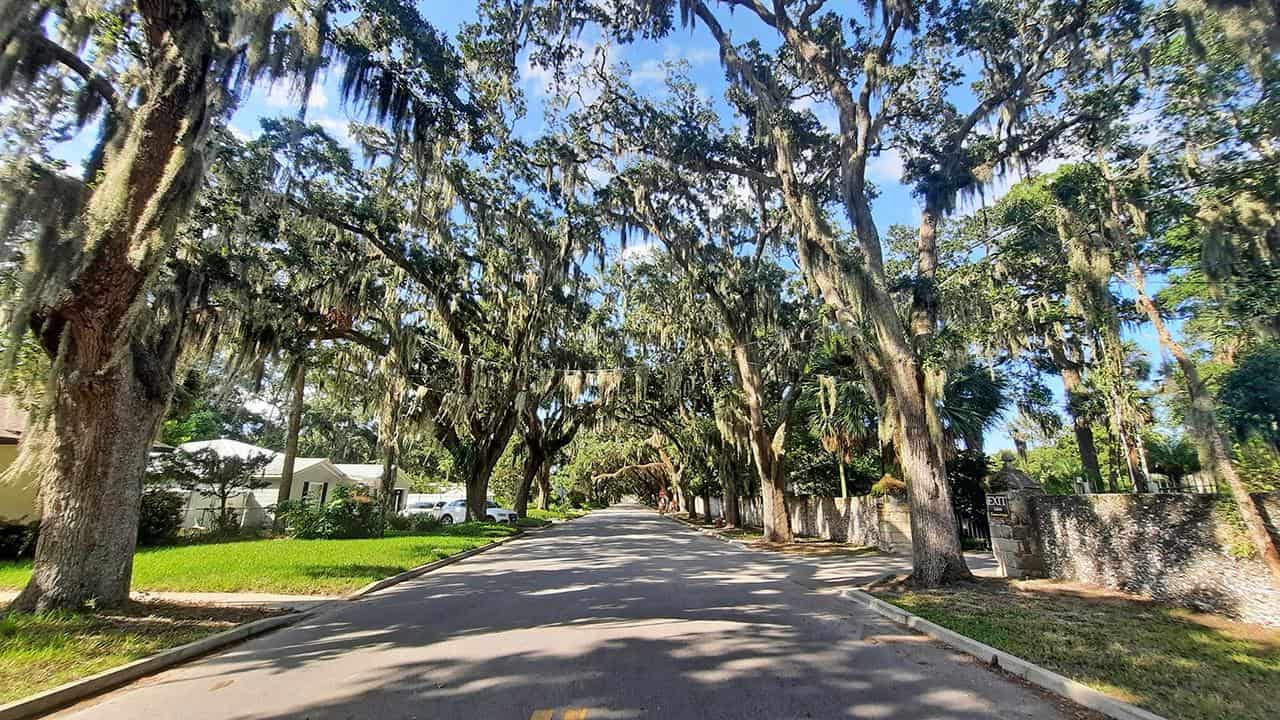
photography by: Omri Westmark
During the early morning and late afternoon hours, the sunlight gently makes its way downwards through the thick canopy and Spanish moss, creating a divine sight of the shaded street lit by delicate light-rays, and as such, making it the ideal hours to visit.
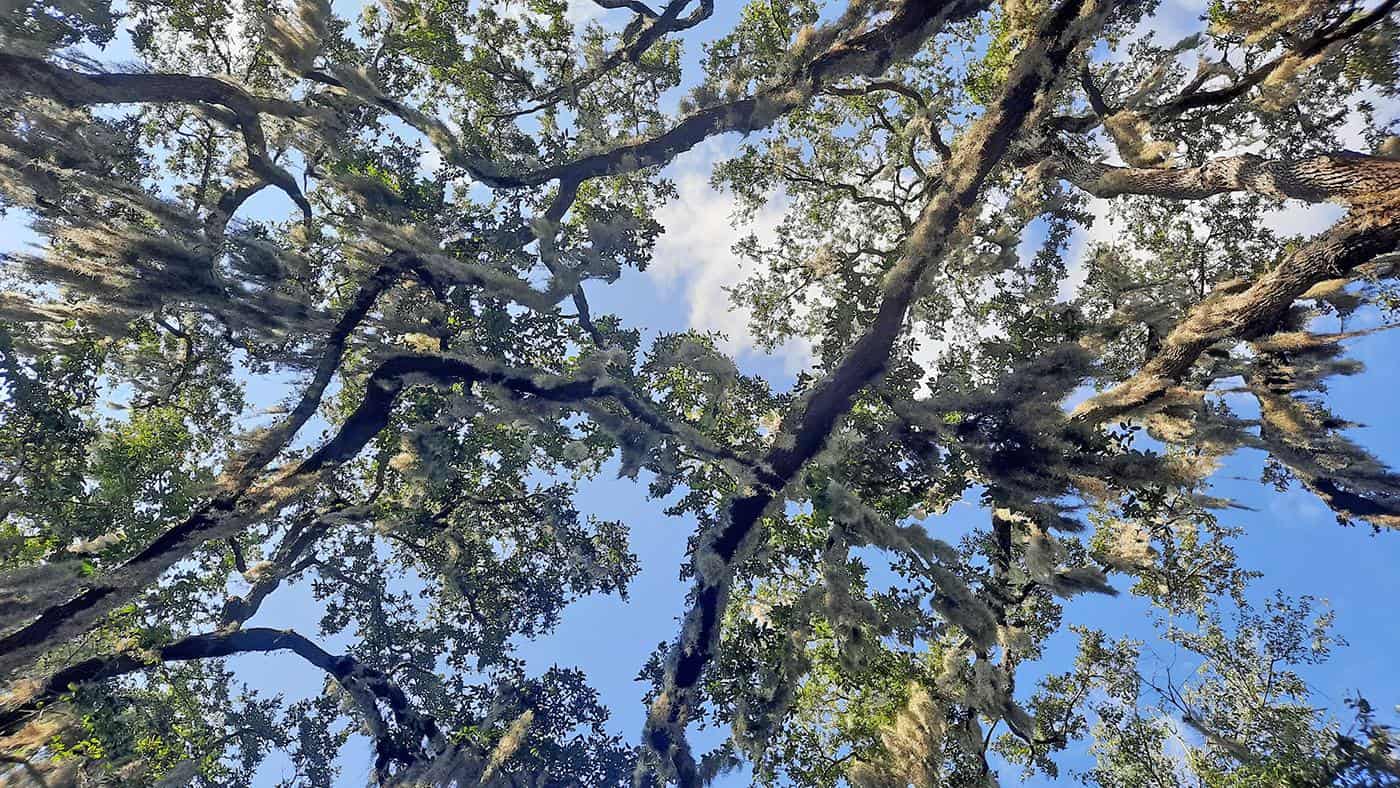
photography by: Omri Westmark
While Magnolia Avenue is occasionally frequented by the ultra-touristy Old Town Trolley, most of the time it is an utterly quiet place to wander around, undisturbed by the throngs of tourists that roam the city center.

photography by: Omri Westmark